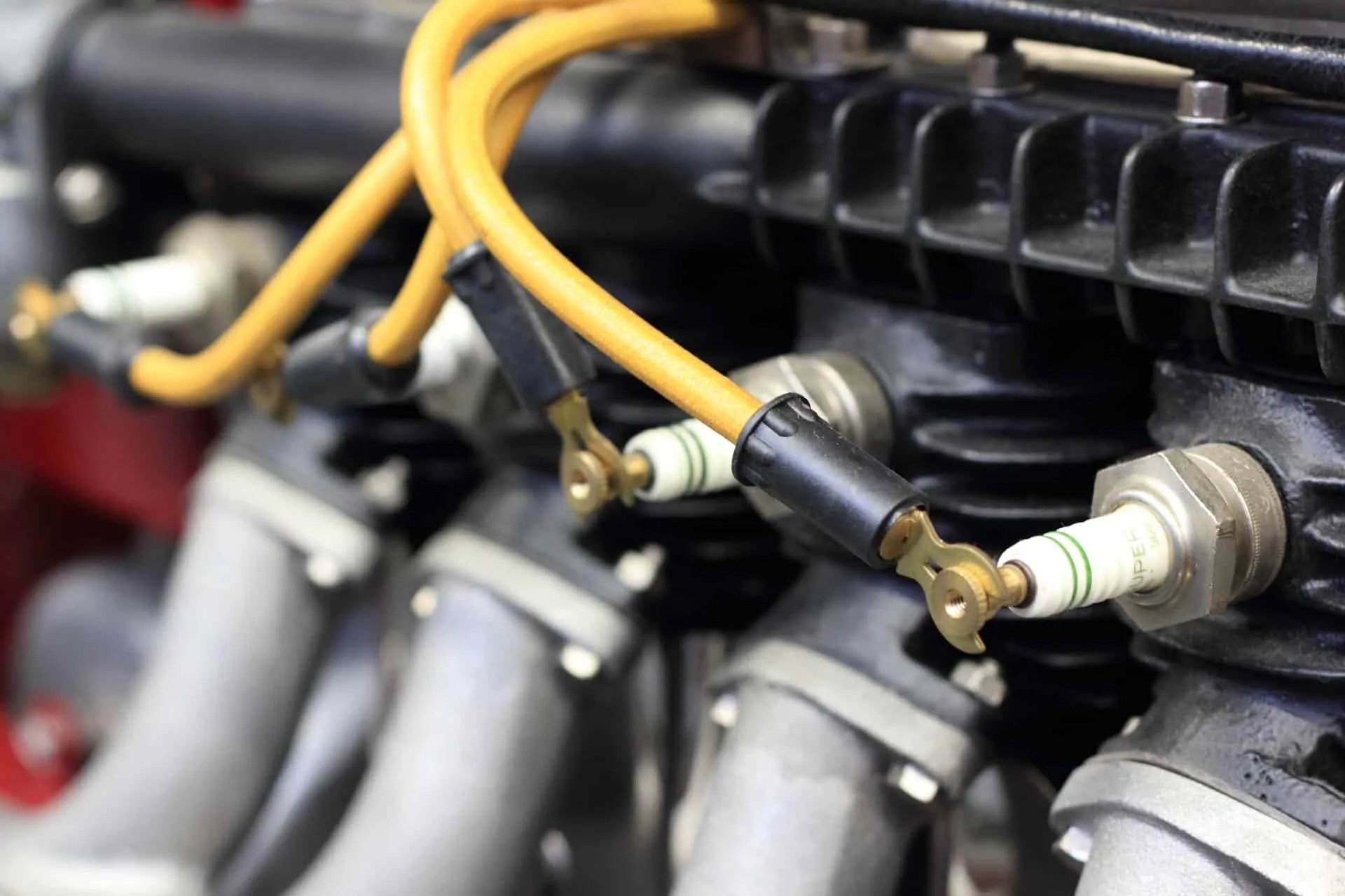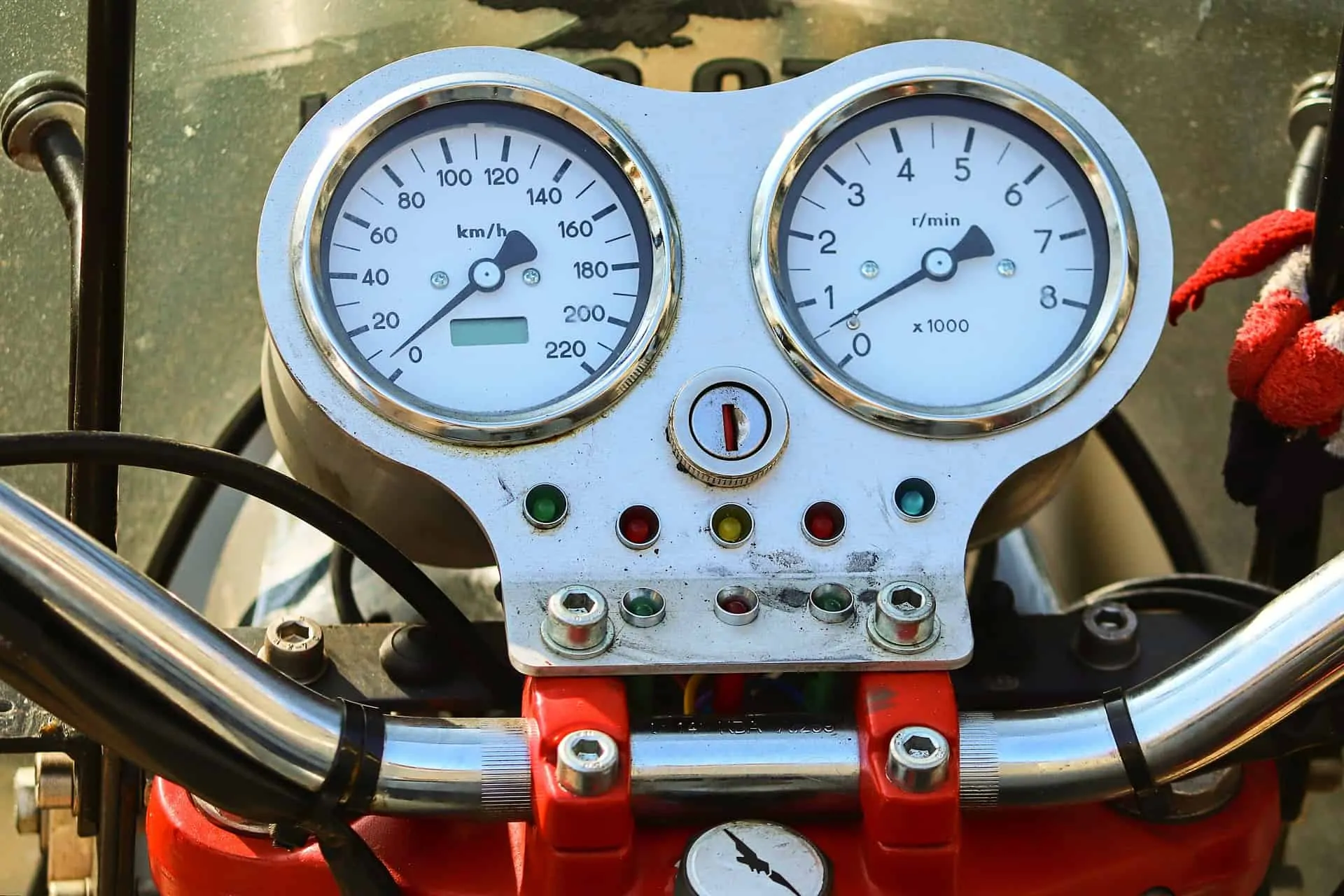A faulty motorcycle battery is a serious problem that should be remedied immediately. Putting it off can result in accidents and engine problems.
There are seven possible reasons as to why your motorcycle battery keeps on dying.
- The bad terminal connection between the batteries and the stator.
- Too many motorcycle accessories plugged in the battery
- Faulty voltage regulator or rectifier
- Bad alternator and stator
- There is a parasitic draw
- Excessive heat and vibration
- The battery is almost dead
Once you see these signs, make sure to tend to your motorcycle battery immediately. You might need to recharge the battery or replace it entirely, depending on the severity of the problem.
Causes Of Battery Dying Or Draining
The obvious signs of a dying battery include difficulty in starting your motorcycle, flickering headlights, and a sputtering engine. This is caused by seven possible reasons.
Bad Terminal Connection
The battery terminals refer to the two small metal rods that stick out on the top, on either side. This is the port to which the cables are attached, which then connects the battery to the stator to keep it charged and running.
A bad terminal connection may mean that the clamps are loose or the cable has insidious problems that prevent the free flow of electricity. Another reason may be corroded terminals. The corrosion may be caused by spilled battery acid if you are using wet cell batteries. Corrosion may also arise from dampness and poor maintenance. A corroded terminal will block the flow of electricity which may cause your battery to die.

Too Many Motorcycle Accessories
Having too many motorcycle accessories can be overwhelming for your motorcycle battery. This will overload the electrical system and cause the battery to drain very fast. It is important to stick only with the essential accessories. You can check if your battery can handle the accessories by using a multimeter. The reading shouldn’t be less than 13.8 V.
More unnecessary accessories mean increasing the chances of system failure, so be sure to stick with the essentials. Ditch the heated vests and auxiliary lights if you do not absolutely need them. You could also uninstall the ones that you do not even frequently use.
Faulty Voltage Regulator Or Rectifier
A regulator or rectifier manages the converted alternating current from the battery. It keeps the battery recharged and plays a huge role in preventing the motorcycle battery from getting drained.
A faulty rectifier or regulator is a common problem among motorcycles with high mileage. Regularly check the rectifier or regulator by using a multimeter. The reading should come back as no less than 13.5 V and no greater than 14.5 V.
Bad Alternator And Stator
The motorcycle battery contains and supplies direct current energy. This can only be utilized by the motorcycle when converted to alternating current by the alternator. The stator is the stationary part that helps generate current. The two are crucial for creating enough power to fuel the motorcycle and if they are faulty, your battery will consistently die.
Make sure to test each part separately by using a multimeter. Refer to the motorcycle manual for the correct voltage reading for each part.
There Is Parasitic Draw
A parasitic draw in your battery is anything that exhausts the charges even when not in use. a parasitic draw is enough to completely drain your motorcycle battery and render it useless. One of the most common draws includes aftermarket supplies that take up extra juice even when not in use. Another example of a parasitic draw is if your motorcycle is connected to a tender.
One way to check for parasitic draws is by using a multimeter and checking the voltage reading of the battery while the negative cable is removed. The reading should be zero. Anything more means that there are parasitic draws.

Excessive Heat And Vibration
Heat and vibration are normal byproducts of a motorcycle engine. Any excess can negatively affect your motorcycle battery. The excess heat and vibrations will damage the battery cells, hence causing your battery to die repetitively. These will also shorten the lifespan of your motorcycle battery.
The excessive vibration inflicts harm by potentially shaking the cables loose, hence disrupting the flow of electricity from the battery to the terminal. The vibrations can also cause the internal plates to rub against each other and cause irreversible damage, thus rendering them useless in retaining electricity.
If the excess heat is released in the direction of your motorcycle battery, you might want to get a heat shield to protect it, I personally use this simple one I got from amazon. This heat shield is also useful if you live in a very hot area, like dessert. The heat protector will prevent the excess heat from making irreversible damages on your motorcycle battery, like molten parts or battery cells that are fused together.
Battery Is Almost Dead
Motorcycle batteries die after three to five years, which is when you should replace them. Bad driving habits and excessive usage can cut down that time frame to only a year. It is important to practice good driving habits and the proper motorcycle care routine so as to extend its longevity.
Your battery may keep on dying because its time is almost up and it needs to be replaced or recharged. There may also be internal damages to the plates that result in the motorcycle being incapable of retaining electricity.
